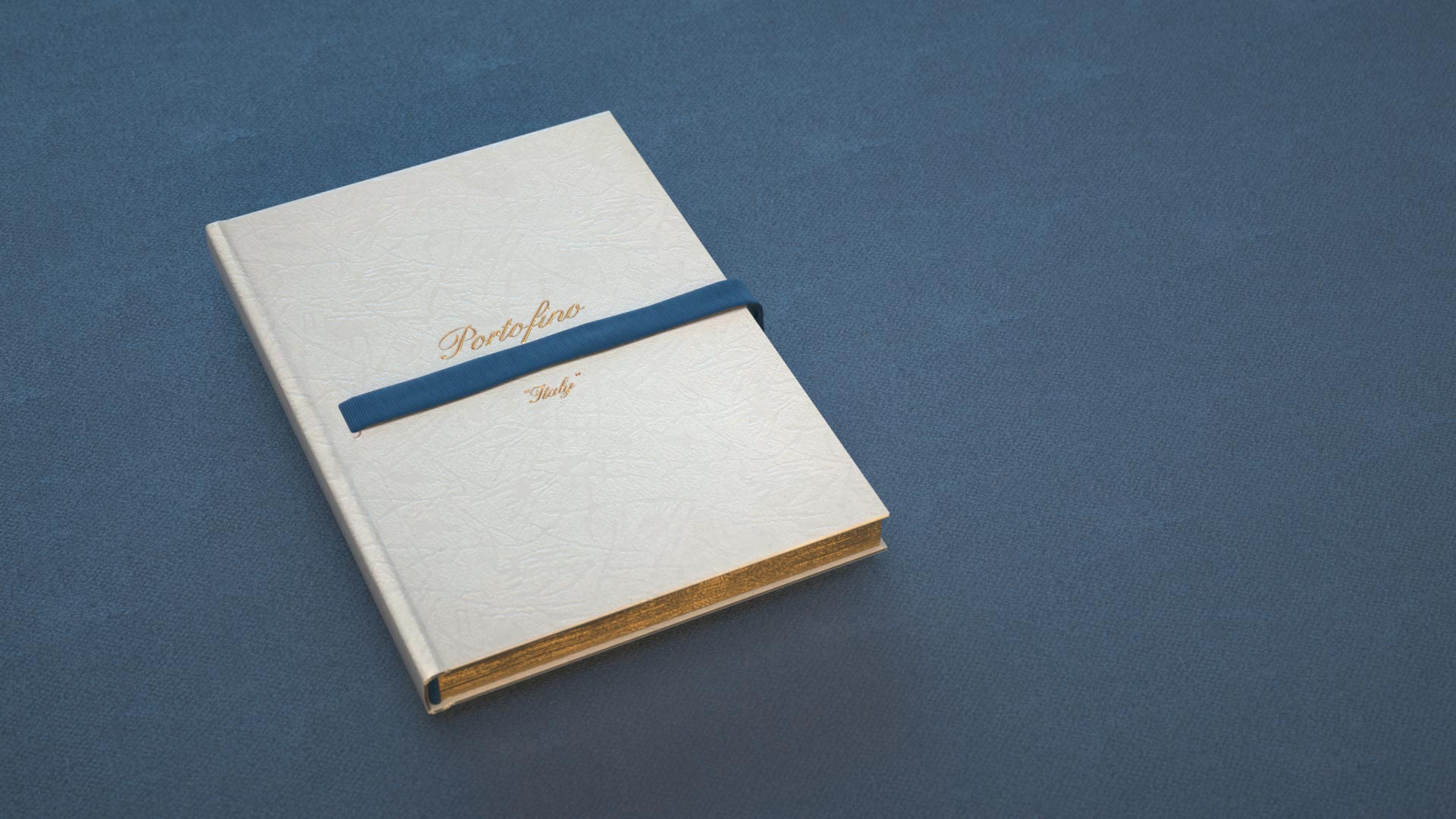
Collection of notes, remarks and images created by the protagonists of the musical prologue of a new media.
GUGLIELMO MARCONI
ON BOARD ELETTRA, “THE SHIP OF MIRACLES”, ANCHORED IN THE BAY OF PORTOFINO
ON 26 MARCH 1930 THE SHORT WAVE SIGNAL WAS TRANSMITTED THAT TURNED ON THE LIGHTS OF THE UNIVERSAL EXPOSITION IN SIDNEY, AUSTRALIA
This inscription, engraved on stone, is set into the wall on the belvedere in front of the tiny port of Portofino.
Turning to Nick, I instinctively said to him “but do you realize that if Marconi had failed, you wouldn’t have a job?”
It’s incredible: the magic of certain places seems to be contagious and leaves plenty of room, in the imagination of people who want to believe it, for the conviction that initiatives launched there are likely to enjoy better luck.
That’s what I and my musician friend thought the night before 6 May, wandering around the town with the Match Music troupe hunting for images to capture for our show.
Portofino seemed to be the ideal place for celebrating the debut of “Italy” with a multimedia show where we attempted, at least in language, to move closer to other media for which we always felt a certain distant, not so much in terms of numbers but expressive possibilities. Now, with “Italy”, and its dimensions and the quality of the people who supported and built it, is ready to roll. If we know how to do it, we will be able to bring the world of outdoor communication closer to radio, television, of printing and – why not – even cinema, whose history was linked with posters from its very beginning.
And then there is the relationship with the city, the one that is most committal yet also the most rewarding.
Mendini and Briatore in Portofino, that evening, managed to explain the good intentions of “Italy” and the group’s intentions as regards product design and an ethical approach to services for the community within a city.
The city, after all, is where posters come to life.
Posters and their support systems do not happen by chance, they do not fall out the sky: they are part of the city, furnish or, rather, equip it, give it character and in many cases, make it functional.
Every city has its own way of life, of being, moving, stopping and accelerating.
This is the logic behind “Italy”, based on respect for the distinct character of all urban areas, their way of life and personality.
This is why, when we design an item street of furniture or an advertising system, we do it city by city and, for each one, shape and function change in accordance with the style of one or the other.
In the same way, we defined products “city by city”: identical and standardized in accordance with the logic of coverage and frequency, yet different in terms of impact and distribution in accordance with ever-different “urban machines”.
For this reason – partly for fun, partly as challenge to Portofino – at Pitosforo, our “experts” sat in different seats. With a marvellous sense of irony, they all agreed to “adorn” a different seat (only the undisciplined changed seats a few minutes before the end).
The pulpit, the cushion behind the blackboard, the red pouf near the round and transparent table, the Proust armchair, the cushion on magazines, the chair and my stool near the bookcase. Nick’s own workstation and the guest tables interpret the materialization of the personality, role and style of the people sitting in or on them, even if only for that night.
Indeed, because we did it at night. Finzi said “… for creative sadism …” but of course he was joking: he also knew that certain things need an atmosphere and, like others, he spoke with a personal background in music complete with ad hoc detachment. There was something for everyone. Sure, it was out of the ordinary. Hearing the hoarse voice of Fiaschi, the baritone of Margoni and the faint one of Collesei in tune with keyboards, percussion and strings was curious, new and, according to those who were there, rather exciting.
A “strange” evening, full of signs, meanings and intersecting languages.
Nick’s radio booth, his night voice, the mobile cameras of Match Music, the black and white photos, the colorful stage setting, the music and Portofino helped us tell stories and explain ourselves.
The pages of this small book bear our notes, remarks and images from that evening: we will need them to relive it and remind us how “Italy” came into being, in a wonderful gulf, close to the most beautiful boats in the world, in the company of friends.
Paolo Casti
Link Issuu: https://issuu.com/paolo_casti/docs/welcome_to_italy
Copyright 2023 Studio Casti SRL
Via San Pietro all’Orto, 10 | 20121 Milano | Pi.08723300961
info@studiocasti.com – Privacy policy